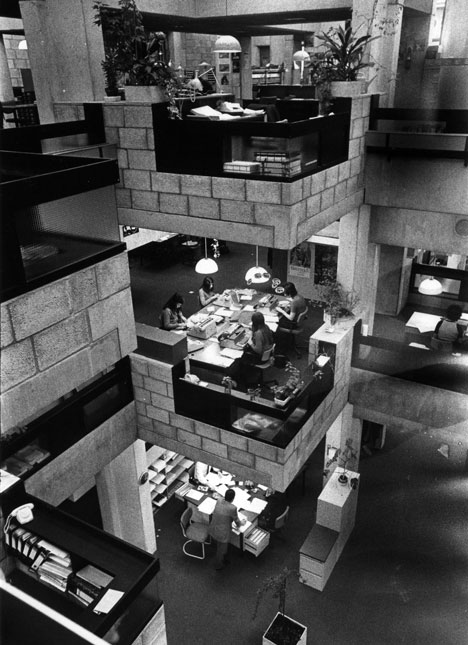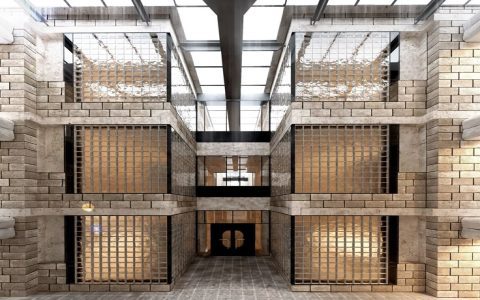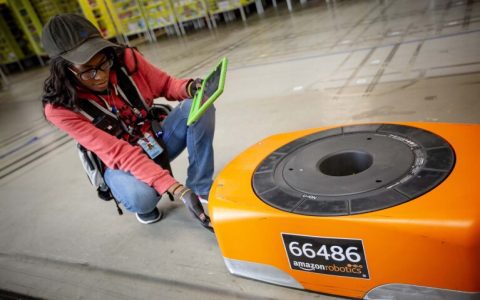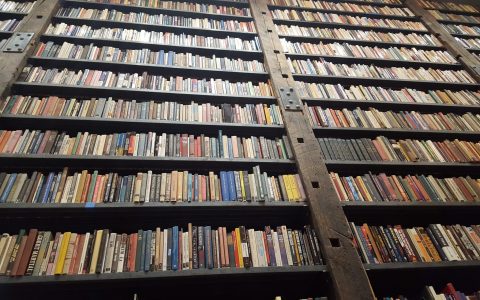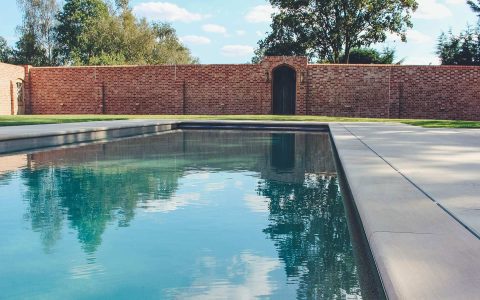Herman Hertzberger, a pivotal figure in Dutch Structuralism, champions architecture fostering social interaction. His projects emphasize spatial frameworks enabling user appropriation. Here are essential works:
Centraal Beheer Office Building, Apeldoorn (1972)
A revolutionary open-plan office conceived as an "urban landscape." Its repetitive concrete grid of square pillars creates intimate "work squares" and "streets," promoting autonomy and spontaneous encounters. This project is a structuralist manifesto.
Apollo Schools, Amsterdam (1983)
An influential school design where clusters of classrooms surround shared multi-level "staircase landings." These act as pivotal social hubs, facilitating movement and interaction across age groups, embodying Hertzberger's idea of "pedagogical space."
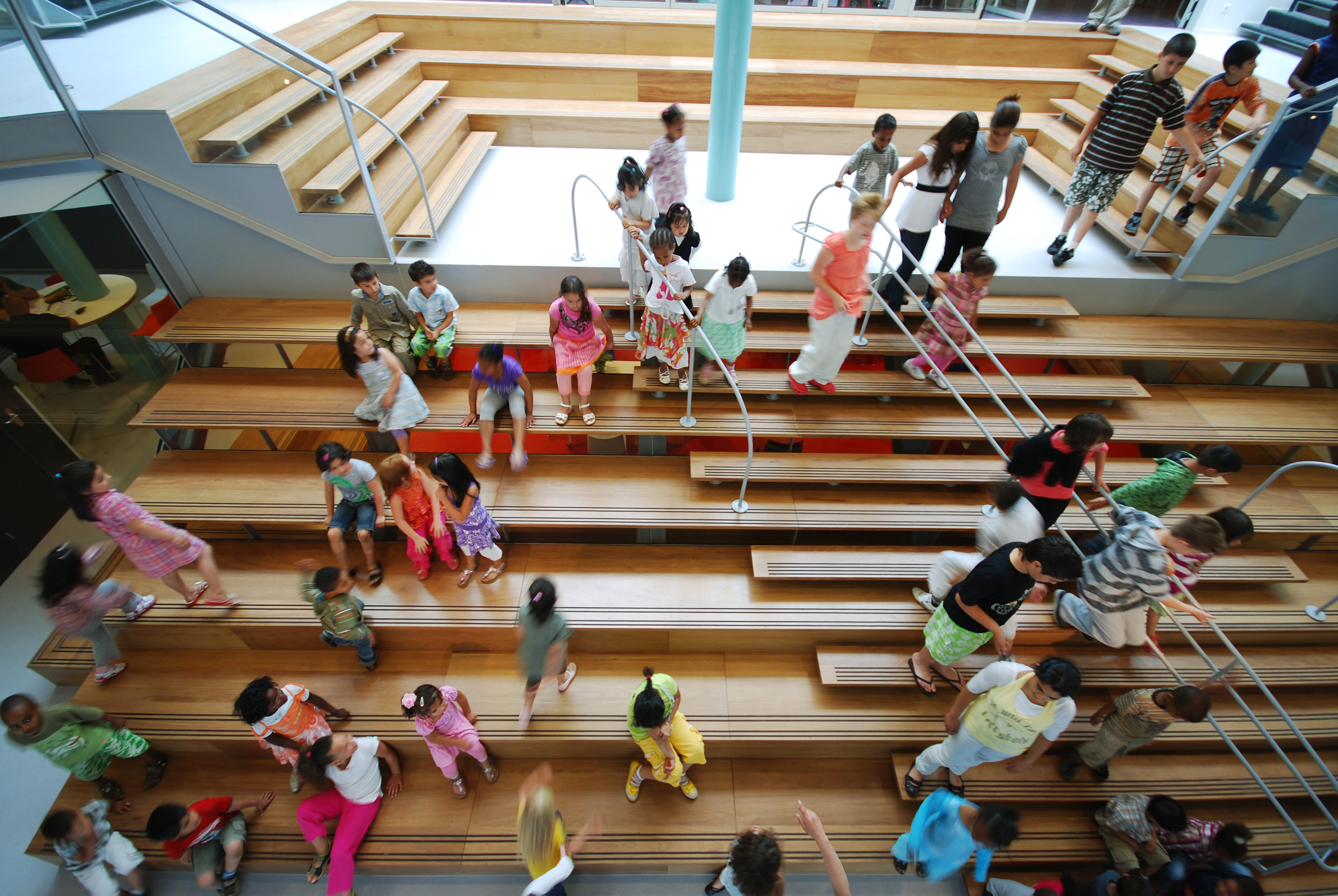
Chassé Theatre, Breda (1995)
Notable for its integration into the urban fabric. Combining three distinct auditoria under one roof, the foyer functions as a vibrant "covered city square," blurring boundaries between public building and urban space, encouraging social condensation.
Ministry of Social Affairs & Employment (SZW), The Hague (1990)
Designed as a "city for work," featuring interconnected departments around internal "streets" and atriums. Public plazas and bridges facilitate movement and visibility, reflecting Hertzberger's belief in architecture stimulating workplace interaction.
Vredenburg Music Centre, Utrecht (1979)
A complex multi-hall venue focused on acoustical excellence and visual connectivity. Its design creates multiple perspectives between foyers and halls, fostering a sense of shared experience. The foyer acts as a lively public domain.
Montessori School, Delft (1966)
An early exploration of educational spaces. Classrooms open onto a central common area via large sliding doors, enabling flexible use. Alcoves and varying ceiling heights create zones for different activities, emphasizing freedom within structure.
Hertzberger's core legacy lies in creating adaptable, human-scaled frameworks that invite inhabitants to shape their own environment, turning buildings into catalysts for community.
